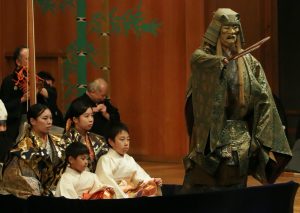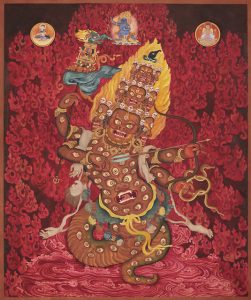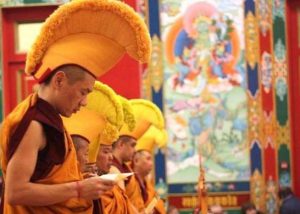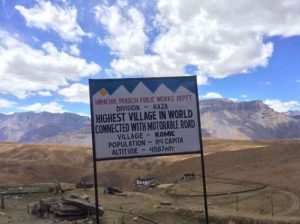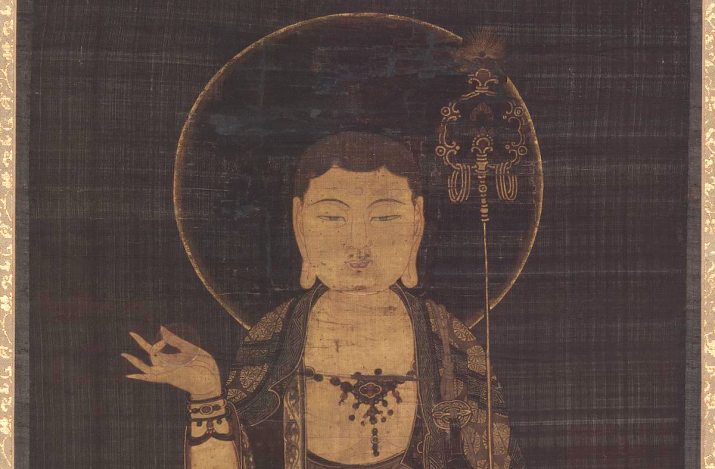
South Korea’s Cultural Heritage Administration and the US-based Freer Gallery of Art and Arthur M. Sackler Gallery have launched a new website titled Goryeo Buddhist Painting: A Closer Look, showcasing Buddhist art from Korea’s Goryeo dynasty. The new online catalogue serves as a digital repository for all Goryeo-era art currently held in the collections of museums in the United States.
“What makes this catalogue special is the high-resolution, detailed images that allow viewers to have a close look at these rare paintings . . . visual documentation captures close details of motifs, materials, and techniques that uniquely characterize 13th- and 14th-century Korean Buddhist paintings and distinguish them from similar works painted elsewhere in East Asia,” said Kieth Wilson, curator of the Freer and Sackler Galleries. (The Korea Herald)
The website currently shares information about 16 Goryeo paintings owned by eight museums in the US: three works at the Freer Gallery of Art and Arthur M. Sackler Gallery at the Smithsonian Institution in Washington, DC; five at the Metropolitan Museum of Art in New York City; three at the Museum of Fine Arts, Boston; one at the Asian Art Museum, San Francisco; one at the Brooklyn Museum; one at the Arthur M. Sackler Museum, part of the Harvard Art Museums at Harvard University; one at the Cleveland Museum of Art; and one at the Rhode Island School of Design Museum.
The Goryeo (고려) dynasty was established in 918 by King Taejo Wang Geon. It united the Later Three Kingdoms (892–936) in 936 and ruled most of the Korean Peninsula until it was displaced by the founder of the Joseon kingdom, Yi Seong-gye, in 1392. Goryeo expanded the country’s borders to present-day Wonsan in the northeast (936–943), the Yalu River (993), eventually expanding to cover almost all of the present-day Korean Peninsula (1374).
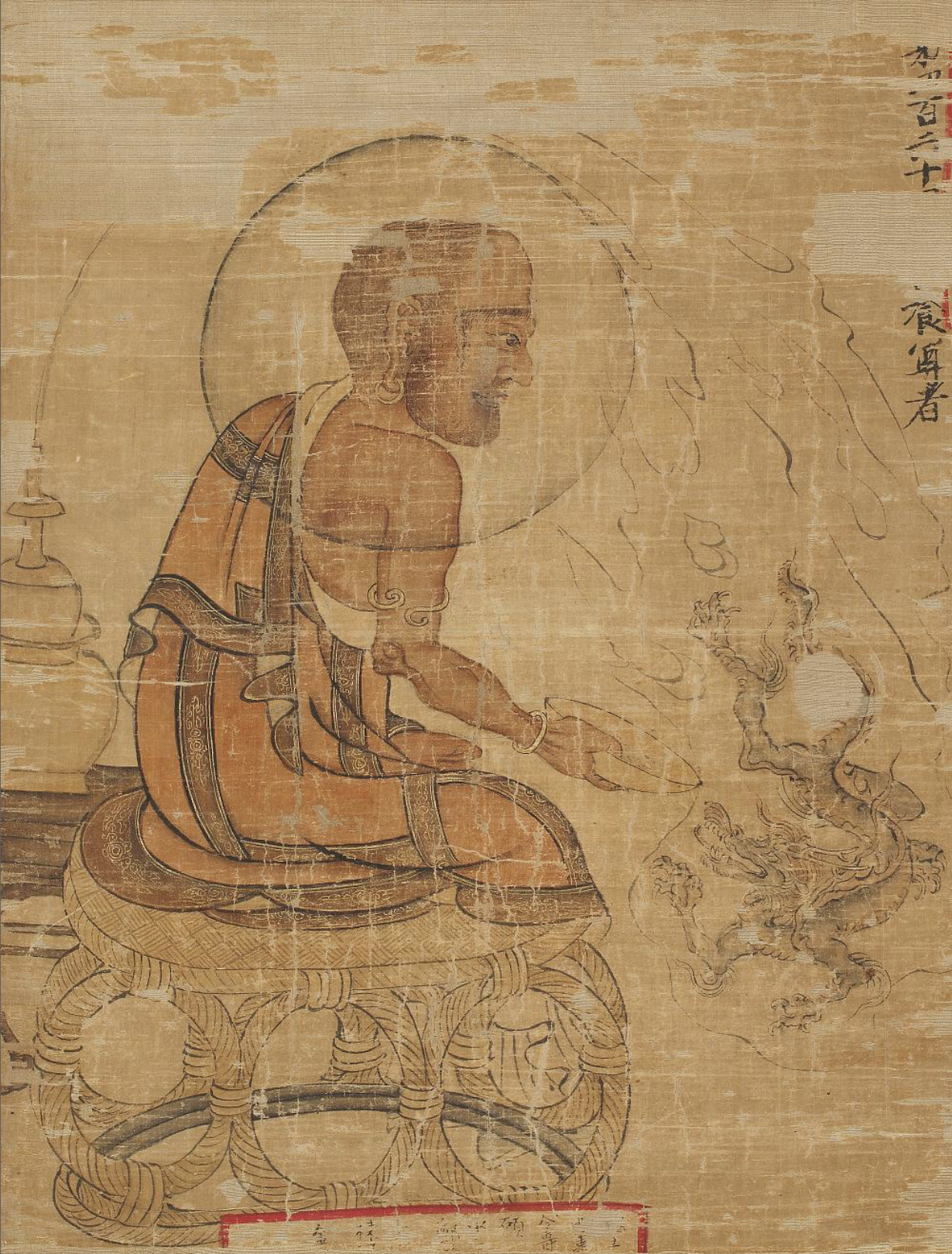
From archive.asia.si.edu
“After seven years of working with the Smithsonian Institution’s Freer Gallery of Art, we have managed to create an online compilation of the Goryeo Buddhist paintings,” said a Cultural Heritage Administration official. (The Korea Bizwire)
The Cultural Heritage Administration said that it would continue to work with the Freer and Sackler Galleries to research and conserve Goryeo-era Buddhist paintings, with plans to create more digital platforms to enable people to easily access and appreciate the cultural heritage of Korea.
Headquartered in the South Korean city of Daejeon, the Cultural Heritage Administration is a sub-ministerial agency charged with preserving and promulgating Korean cultural heritage.
While the achievements of Goryeo include establishing relations with the southern kingdoms of what is now China to stabilize national sovereignty, and progressive taxation policies, Goryeo is perhaps most notable for providing an environment in which the arts were able to flourish, leading to the creation of countless sophisticated works by this Buddhist state. Buddhism in Goryeo also evolved in ways that rallied support for the state to protect the kingdom from external threats.
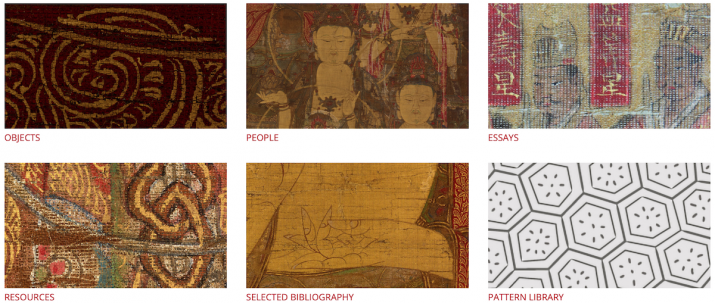
The resource represents the culmination of a collaborative effort between Wilson at the Freer and Sackler Galleries and Chung Woo-thak, professor emeritus of Dongguk University that began in 2013. The two scholars combined their expertise and resources to research, interpret, and translate the artworks, based on a mutually held respect for and recognition of the importance of Goryeo Buddhist art.
“The fact that America’s national museum with worldwide recognition has produced a website solely dedicated to Goryeo Buddhist paintings is in itself a groundbreaking event,” said Prof. Chung. “But the project may be by far the most remarkable result of a support project by our own institution to a museum abroad.” (The Korea Times)
The digital catalogue of Goryeo art, which was launched on 21 September, represents an important international collaboration and demonstrates how museums can digitally advance research on a rare collection of Korean artworks, said Freer and Sackler Galleries director Chase Robinson.
“We hope our bilingual resource introduces these incredibly beautiful and important works of art to new audiences in the West,” he said. (The Korea Times)
The Freer Gallery of Art and the Arthur M. Sackler Gallery together make up the Smithsonian Institution’s national museums of Asian art, and are home to the largest Asian art research library in the US.
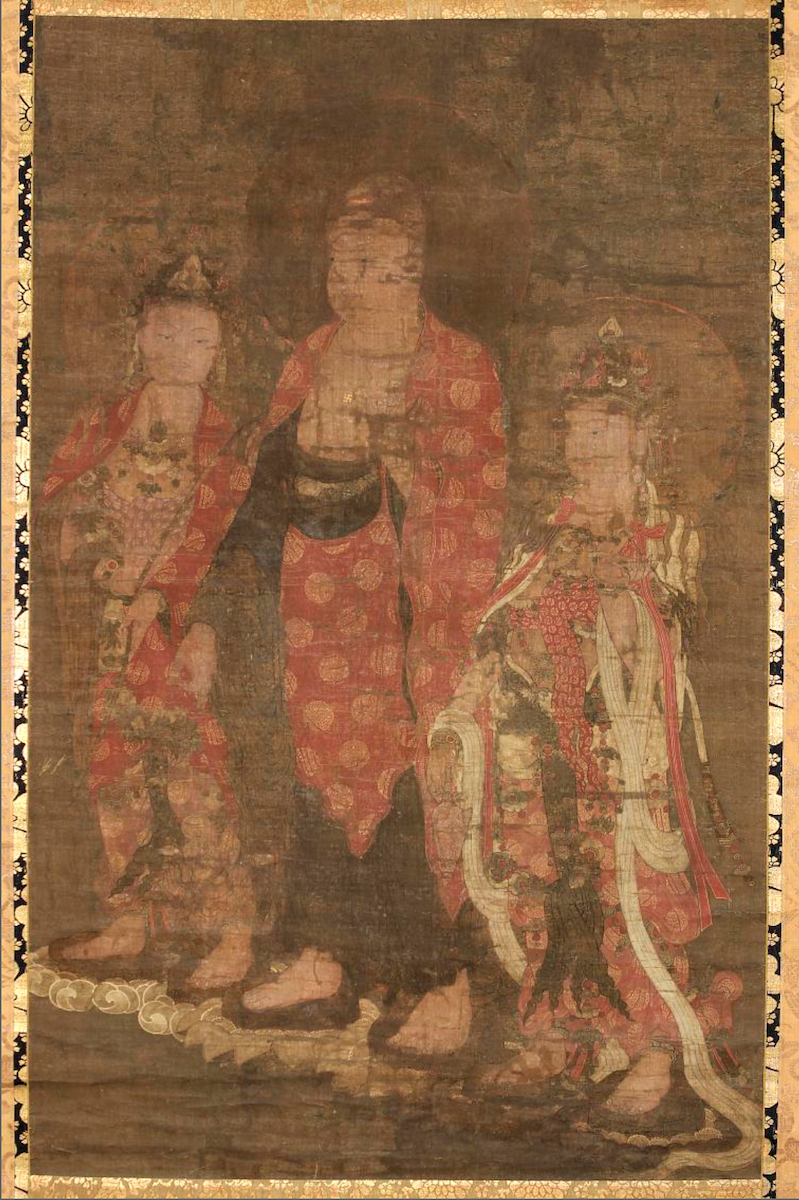
Brooklyn Museum. From archive.asia.si.edu
See more
Goryeo Buddhist Painting: A Closer Look
FREER | SACKLER
Website about Goryeo Buddhist Paintings in US museums launched (The Korea Herald)
US galleries, CHA create online platform for Goryeo Buddhist paintings (The Korea Times)
Gov’t Publishes Online Compilation of Goryeo Buddhist Paintings (The Korea Bizwire)



